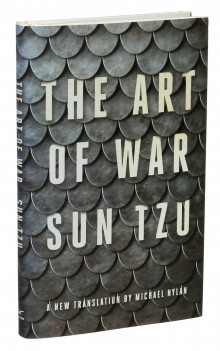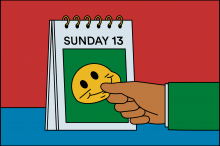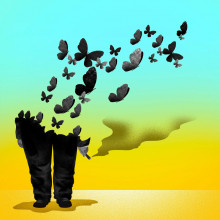The Art of War
Posted in Blog,Book News,National SecurityJanuary 22, 2020Comments Off on The Art of War

Given the multiple conflicts going on the world TODAY, not the least of which is the friction between the United States and Iran, the subject of war is likely on everyone’s minds.
At times like these, it is useful to look beyond the often-shrill headlines to try to deep-dive into the essence of warfare.
That is why I was drawn to a recent book review of a new translation of The Art of War by Sun Tzu. The article title, “Well, If You Insist On Going To War,” drew me in. It begins:
The most electric war plan in semi-recent American literature appears in “A Run Through the Jungle,” a story by the much-missed Thom Jones. Here is that plan in its entirety: “Infiltrate Hanoi, grab Uncle Ho by the goatee, pull off his face and make a clean escape.” Because warfare is rarely so simple, books of strategy are consulted.
The most venerable of these, alongside “On War” (1832), by the Prussian general Carl von Clausewitz, is Sun Tzu’s “The Art of War,” written some 2,500 years ago. There have been many translations of “The Art of War,” and a new one, by Michael Nylan, will not be the last. It’s a book that seems perpetually useful because it’s a work of philosophy as much as tactics. Doves and hawks (even vultures) can approach it for meaning. The book suggests that the real art of war is not to have to go to war.
I’ve read Sun Tzu several times, in different translations. I’m not sure why I return to it: It’s short, it’s a classic, it’s there. The book’s lessons in deception seem not to stick with me. In my mind, I’m the least devious person in the world, my motives there for all to see. But that is what a devious person would say, isn’t it?










